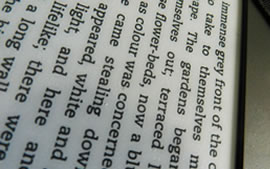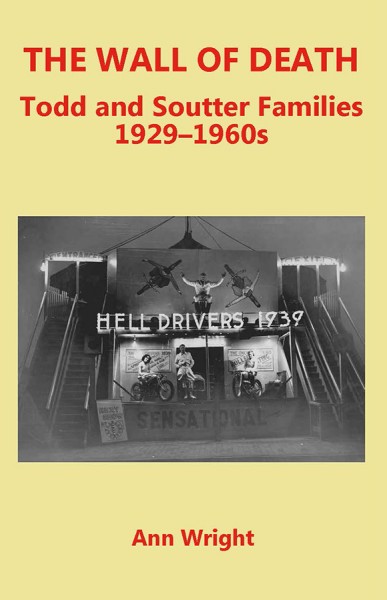This is the story of two remarkable families, eventually united by the author’s parents’ marriage in 1935. Twelve members of these families were Wall of Death riders and owners from 1929 to the 1960s, several of them among the first wall riders in the UK.
The introduction of the Wall of Death into the UK in July 1929 caused a sensation and it became extremely popular with the public thereafter. The Todd and Soutter shows toured all over Britain and Europe, as well as Abyssinia and Persia, and were seen by British and foreign royalty, Hitler and Mussolini, and thousands of the general public. They appeared at the 1930, 1952, and 1953 Munich Oktoberfest, the 1938 Glasgow Empire Exhibition and the 1951 Festival of Britain.
Their feats and trick riding were outstanding and included towing a roller skater on the wall, riding the wall with lions in a side car and the ‘Race of Death’. These spectacles were photographed and reported on throughout the period by local, national and international press. They were interviewed on radio, and films by Shell-Mex and British Pathé News were shown in cinemas and on BBC television.
| Author: | Ann Wright |
| Publication Date: | 6th February 2018 |
| Book Format: | Hardback |
| ISBN: | 978-1-85756-873-8 |
| Price: | £19.95 |

We recognise the difficulties authors face - If you’re a first-time author, then only one thing distinguishes you from a professional author. It’s not talent. It’s not dedication. It’s simply that first-time writers will have difficulties in getting their manuscripts published.
Find out more

Customer comments
A new book by author Ann Wright recounts the fairground attraction of yesteryear which proved hugely popular from the 1920s to the 1960s and became a sensation during Wick Gala Week.
The book is a compelling and informative read lavishly illustrated with family photo-graphs and anecdotes from her parents who were both from families who toured the world as daredevil stunt riders in the Wall of Death.
The marriage of her mother, Winnie, and father, George, united the respective Soutter and Todd families, who toured Britain, Europe, Abyssinia and Persia with the act.
Among their many audiences were British and foreign royalty, Hitler and Mussolini, and thousands of the general public. Outside of appearances in Wick, they also appeared at the 1930, 1952 and 1953 Munich Oktoberfest, the 1938 Glasgow Empire Exhibition and the 1951 Festival of Britain.
Their feats and trick-riding were outstanding and included towing a roller skater on the wall, riding with lions and the infamous G-force-enabled Race of Death.
Ann says she still has an advert from an old edition of the Groat which advertises her mother’s “death-defying act” which is scheduled to take place at the 1933 gala week.
“My mother had kept the clipping all those years. She was 18 when she appeared at the riverside in Wick along with Easy Jack [Jack Lancaster] who eventually became my mother’s brother-in-law.”
Along with the advert was a description of what it called the “Wall of Death sensation” appearing for one week commencing August 25, 1933.
“See the world’s eighth wonder, featuring fearless Miss Winnie Soutter, the 18-year-old girl who has outclassed the men with her death defying acrobatic stunts which she per-forms on the Wall of Death,” reads the advert.
It goes on to describe how Winnie and Easy Jack will “challenge the world in their hair-raising and breath-taking performance which has thrilled thousands of the British public” and how the act “must be seen to be believed”.
Former Groat reporter Noel Donaldson wrote about Ms Soutter having “nerves of steel for the performance involving circling the wall with a lion in the sidecar”.
“The noise must have been deafening – the roar of the King of the Jungle as well as the sound of the bike,” the article, published in 1998, says.
The Wall of Death was originally called the Silodrome, but as times changed and competition heated up it was changed to Wall of Death to revel in the drama. Over time, other changes crept in mostly by force, rather than choice, with the animals removed due to welfare issues, and the stunts tamed due to health and safety concerns.
The book remains a fierce reminder of a yesteryear where showmen, fantastic beasts and death-defying stuntmen would come through towns such as Wick – not just of a family who gave their lives to the Wall.
The Northern Times, Scotland and John O'Groat Journal